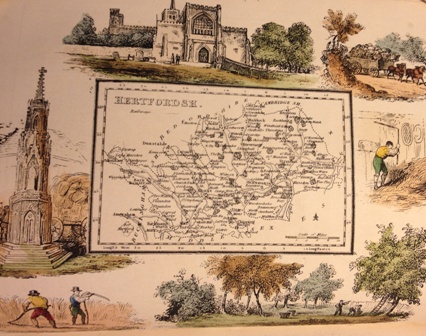Home
Introduction
Those who manage heritage sites face the continuing challenge of how best to engage children and young people with the buildings and landscapes they have been charged to present and protect. It is a vital task. The future of these sites can be safeguarded only by interesting the young in their heritage.
The Project
One strategy for achieving this end has been to use literature and story to engage children with the past and with specific heritage sites. This - how literature has hitherto been used to engage children with heritage sites - is what the first phase of this project has investigated. The chief source, besides the books themselves, are the archives of the project partners: English Heritage, Historic Royal Palaces, and Seven Stories: the National Centre for Children's Books.
The second phase of the project is concerned with how these research findings can be used to inform current and future policy and practice. The project partners already use literature in their educational programmes. But this kind of activity now stands at a crossroads. Digital technologies allow young people to access writing in many new ways. They are as likely to read on smartphones,tablets or computers as in books, and might read while at the sites as well as at home and in school. Above all, new technologies allow reading experiences to be much more interactive: with specific reading experiences triggered by GPS technology for example, or with stories leading via embedded links to different kinds of information and activities. The project's workshops were conceived to consider exactly how creative literature can now optimally be used in heritage education.
To achieve this, the project brought together a group of partners, some from the heritage sector and others from a range of academic disciplines. Academics participants in the workshops come from children's literature studies, heritage studies, development studies, archaeology, history and creative writing. The project also has the input of Newcastle University's Culture Lab, a centre for the creative arts and interactive technology, as well as from consultants from the private sector who specialise in digital media. The exchange of knowledge between these academic and commercial partners, and with Seven Stories, English Heritage and Historic Royal Palaces, is the principal purpose of the project. Further collaborations will, it is to be hoped, spring from these newly forged links.

Image from Reuben Ramble's Travels Through the Counties of England,
(London: Darton and Clark, no date but c.1835)



